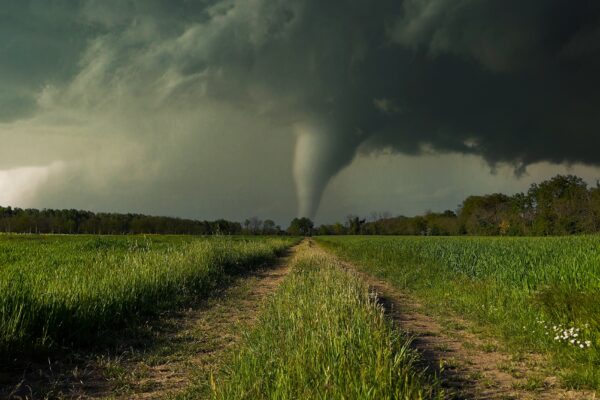DTECH 2020 speakers explore the future of the utility industry
By Russ Henderson, Senior Research Manager –
Speakers at DistribuTECH 2020 in San Antonio explored the challenges the industry faces as well as its exciting prospects for the future – from ambitious changes in the energy mix to a transformation of the customer experience.
“When I started in the industry 15 years ago, customers were called ratepayers,” said Paula Gold-Williams, president and CEO of CPS Energy, during her keynote speech.
“Today, we’ve figured out that customers are looking for value and quality every single day. They want you to benchmark yourself against tech companies and banks. Customers are the voice of what we’re trying to do and the beacon of where we need to go.”
CPS Energy’s new strategic plan is based on six pillars: reliability, affordability, security, safety, environmental responsibility, and resilience. An important goal of pursuing this “flexible path” is reaching an 80 percent carbon-free energy portfolio by 2040. But while the company is serious about increasing its use of renewable energy, it also has to be practical in the short term, she said.
“We have to focus first on reliability. Solar’s great – you just have to wrap something around it to make it effective,” Gold-Williams said.
Tom Deitrich, president and CEO of Itron, shared similar sentiments in his own keynote address.
“We have an obligation to keep the lights on and keep the water clean,” he said.
Deitrich gave a list of trends he believes will impact the future of the utility industry. At the top was the increasing frequency of natural disasters such as wildfires, hurricanes, floods and tornadoes.
“The rate at which these natural disasters take place will continue to increase, and it’s going to be incumbent upon all of us to provide reliable and resilient service during those periods of high stress, to make sure we keep the lights on and, if there is an outage, to get them back on as soon as possible,” he said.
Deitrich also predicted that the amount of renewable energy on the grid will double over the next 10 years, and that half the vehicle fleet will be electric by 2040. Meanwhile, companies like Uber and Amazon will continue to raise expectations about customer service and responsiveness.
During a panel discussion about the industry’s future, participants mulled over scenarios in which the current business model is rendered obsolete.
“I see extreme disruption happening to this industry much faster than anyone else sees it,” said Joe Mango, engineering and technical services manager at NextEra Energy.
This disruption will result from the intersection of three trends: the decreasing cost of photovoltaics, more efficient and miniaturized battery storage technology, and a massively expanded market in energy-efficient DC appliances, largely driven by China, he said.
Soon, customers will be able to pay off an investment in solar panels and other associated equipment within just a few years, rather than the current payoff at about 20 years.
Panelists discussed how the utility industry might re-invent itself, if this and other disruptive scenarios took place. For example, utilities could provide a package of smart home and energy services to customers on a monthly subscription like Netflix. The utility would own the hardware such as panels or batteries, and would replace them or provide IT services as needed.
“You don’t have to be in the business of selling kilowatt hours. You can come up with other products and services for the customer,” said Cat Wong, manager of transformation strategy and coordination at Entergy.
Deitrich also explored this idea in his keynote address.
“More than $100 billion by 2027 is the expectation of revenue utilities can generate from smart city and smart community kinds of solutions,” he said.
Whatever the future may look like, if the utility industry is going to thrive in an uncertain future, “innovation is going to be key,” he said.
Stay Connected with Chartwell, Inc:






